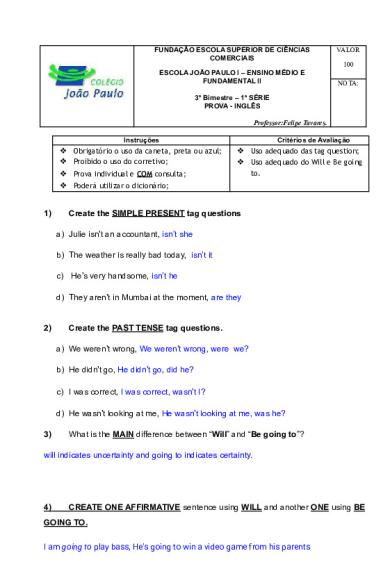
P2 1ª Série - 3ºBimestre Jeronimo
- Uploaded by: jack
- Size: 143.8 KB
- Type: PDF
- Words: 406
- Pages: 3

* The preview only shows a few pages of manuals at random. You can get the complete content by filling out the form below.

jack - 143.8 KB

Truck Bus Electronica - 310.3 KB

KitsuneX - 459.2 KB

Ernie Durrett - 2.7 MB
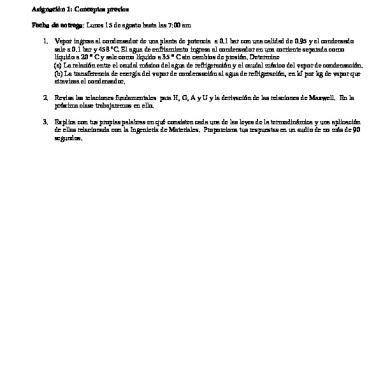
Helen Nicole - 56.4 KB
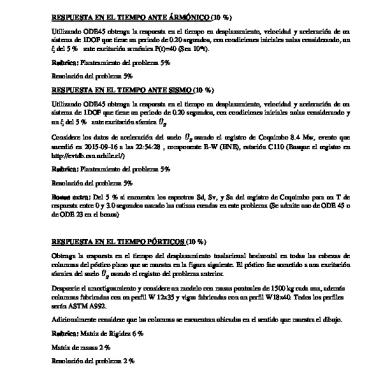
Sebastián Sánchez - 134.6 KB

Alex Stan - 85.9 KB

Camila S. Oczachoque M. - 1.8 MB
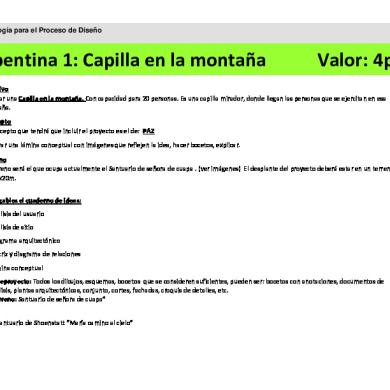
Valentina Soza - 1.4 MB
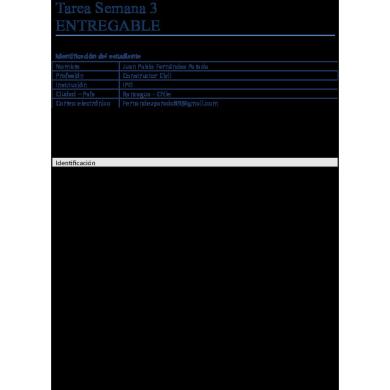
Juan Pablo Fernandez - 137.1 KB

Maria Fernanda VALENCIA BARROS - 308.5 KB

Safira Afifah - 108.6 KB
© 2025 VDOCS.RO. Our members: VDOCS.TIPS [GLOBAL] | VDOCS.CZ [CZ] | VDOCS.MX [ES] | VDOCS.PL [PL] | VDOCS.RO [RO]